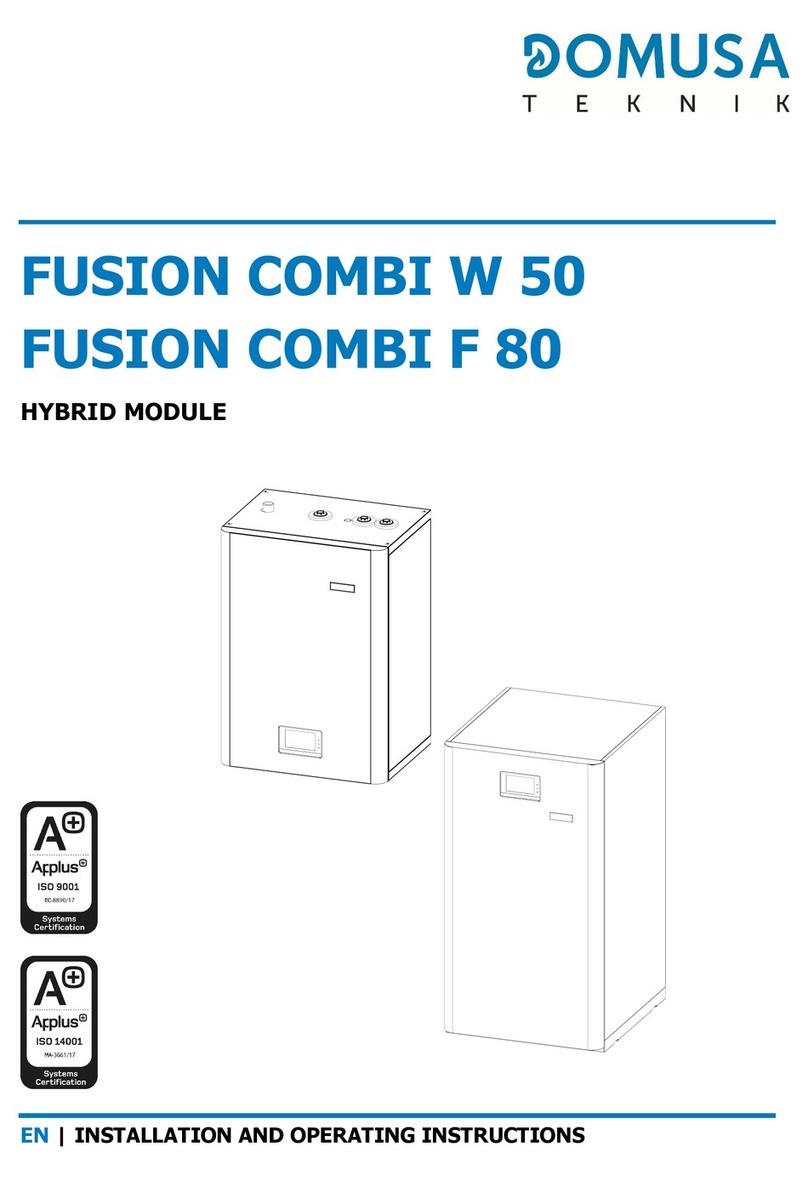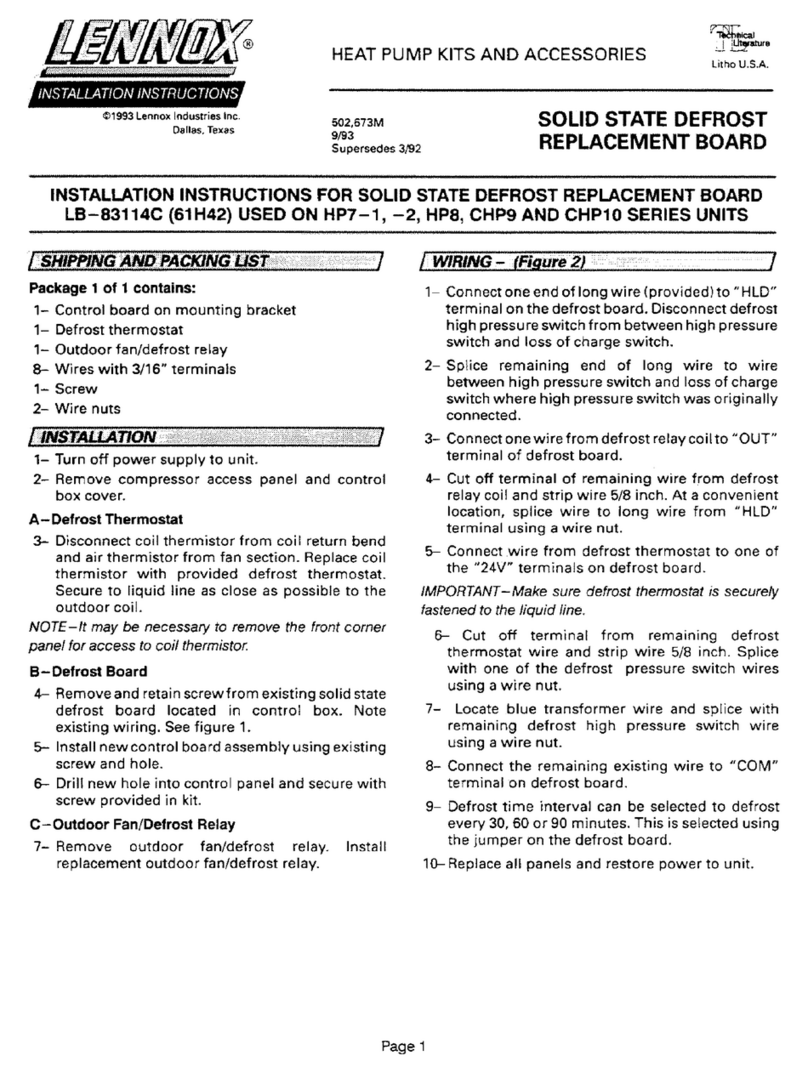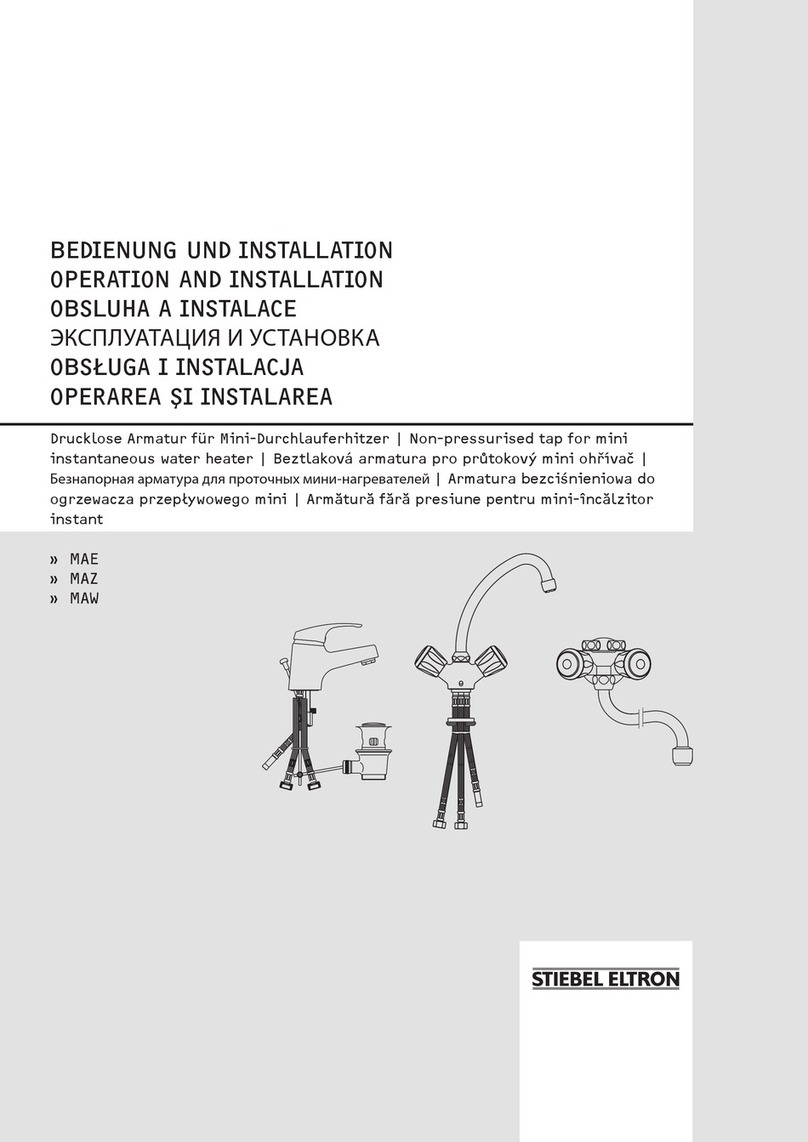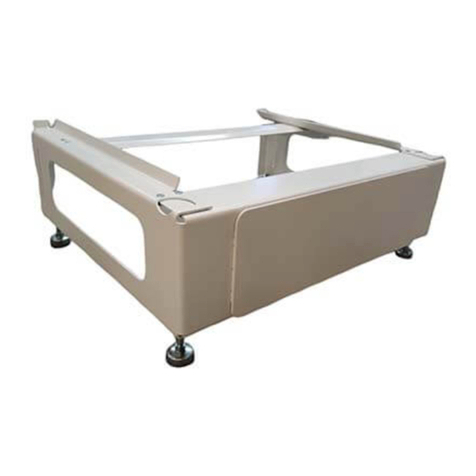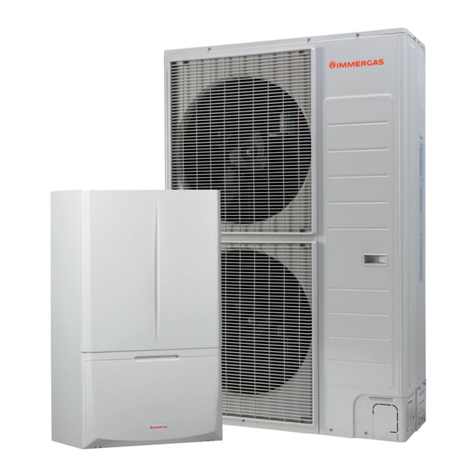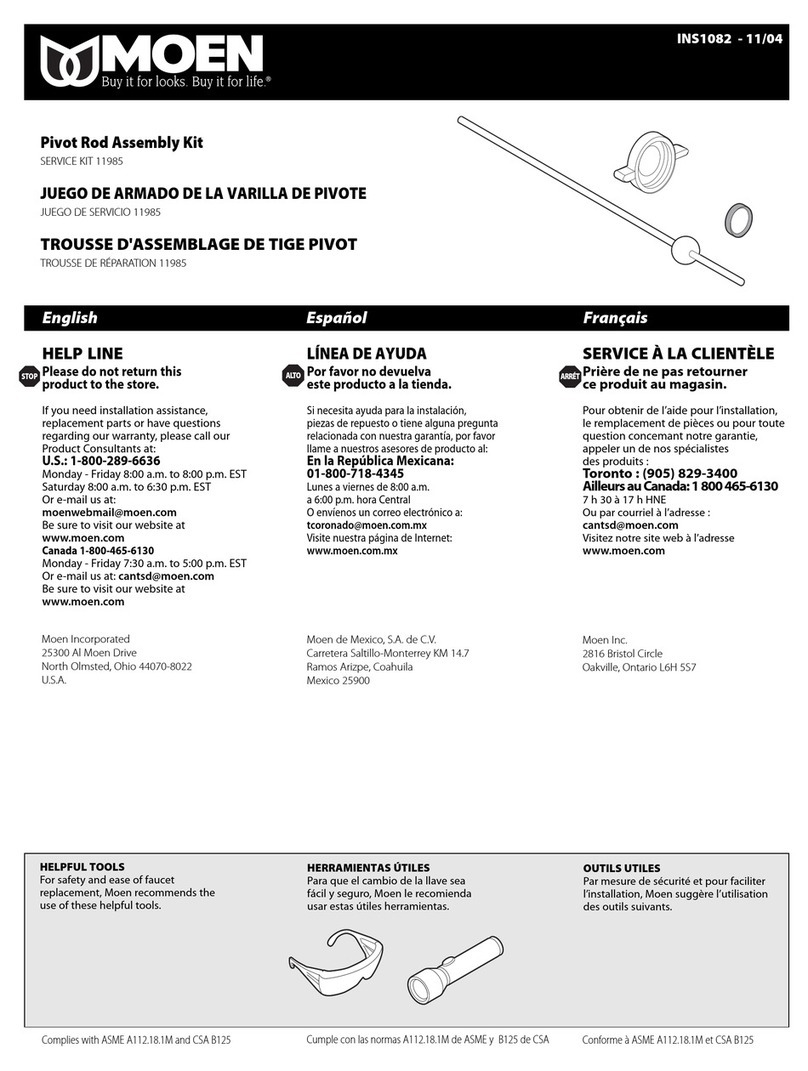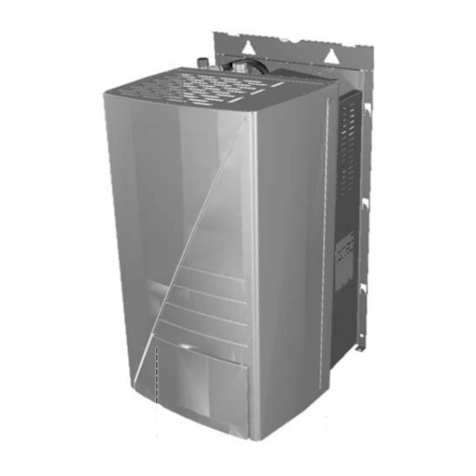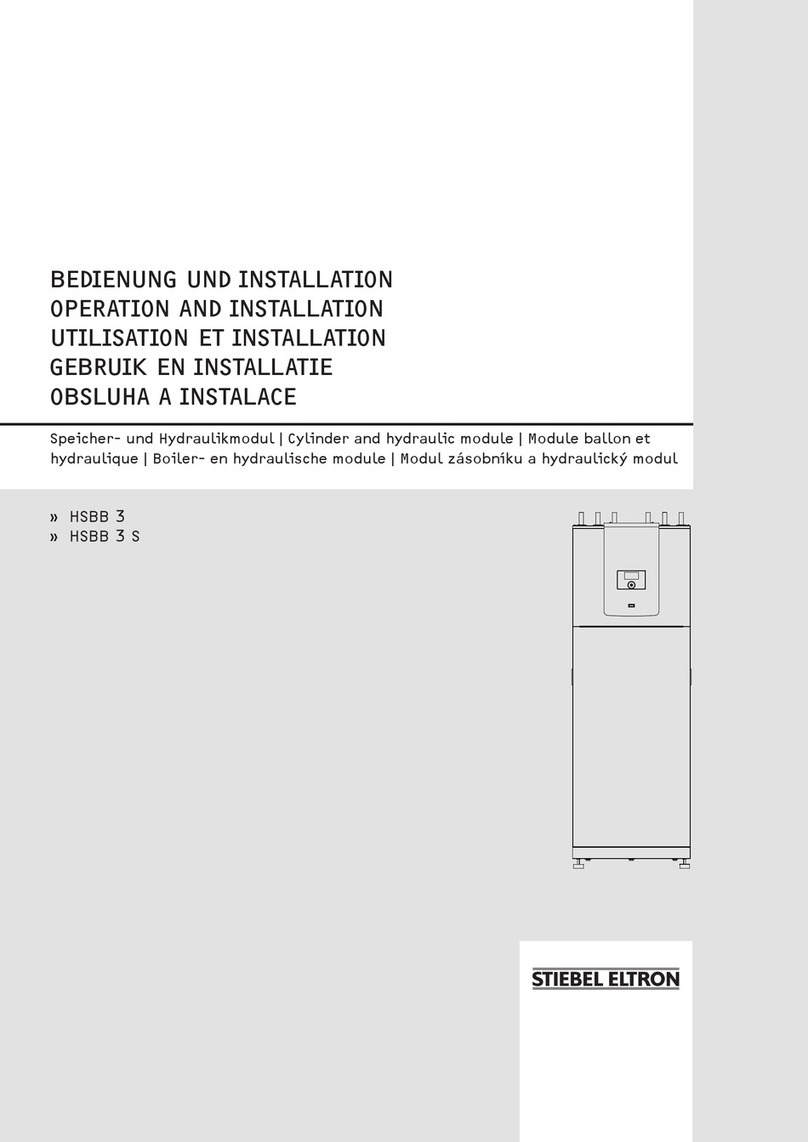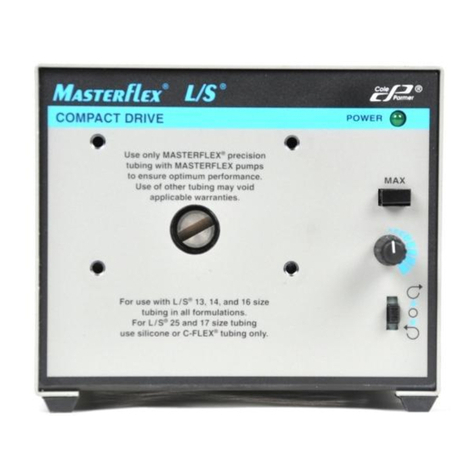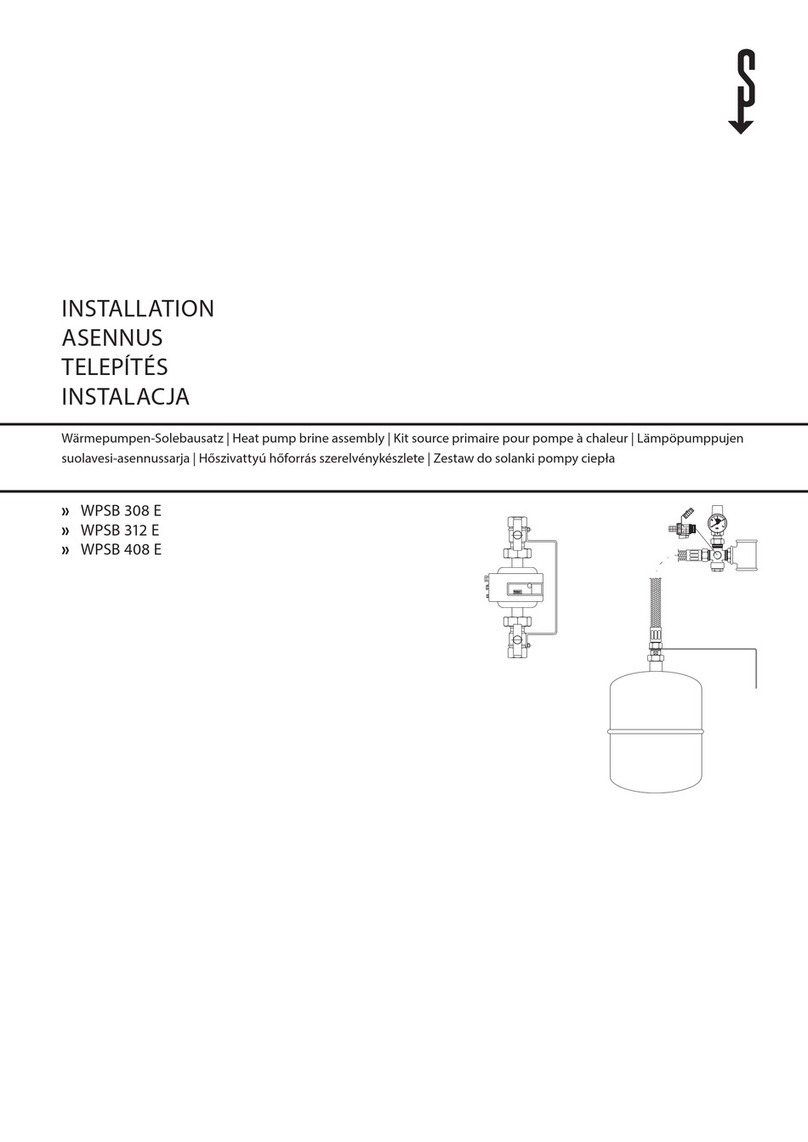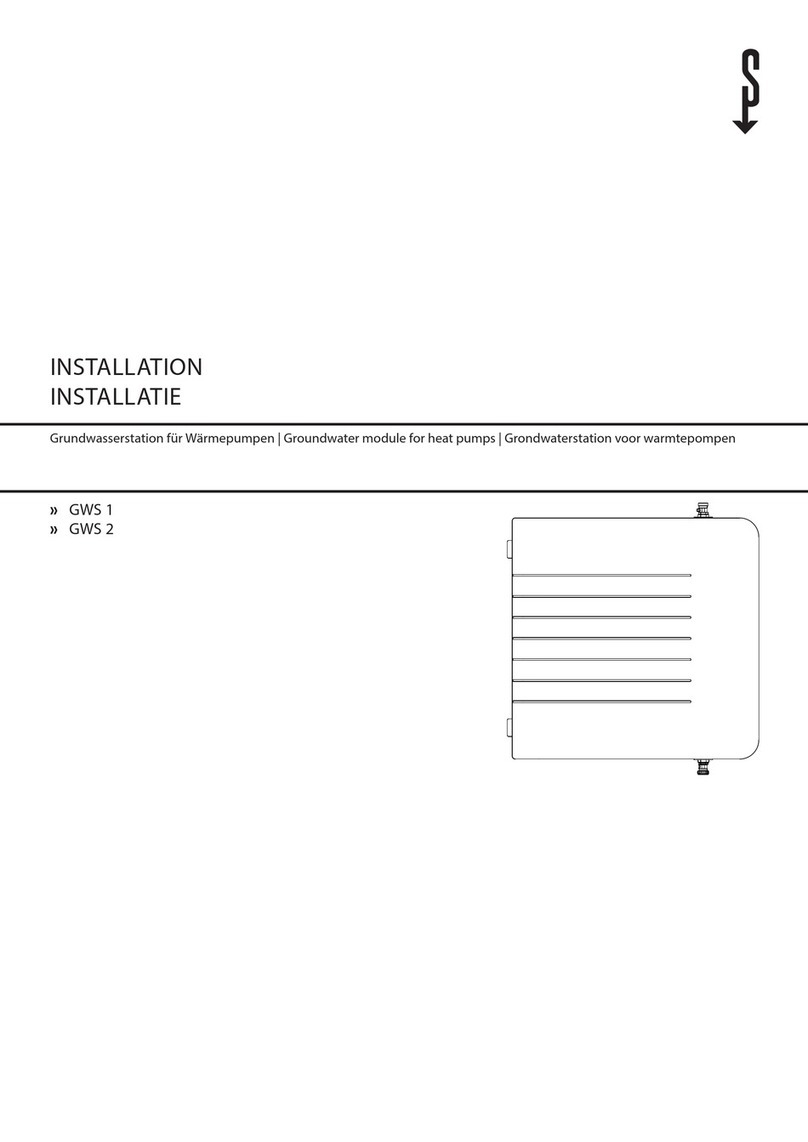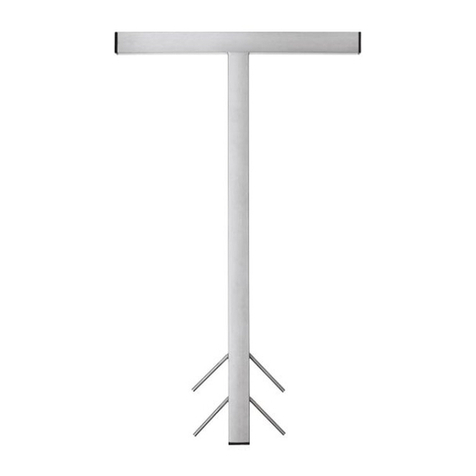
2
Content
1.
Important information ......................................................................................................... 4
1.1
Symbols.....................................................................................................................4
1.2
General......................................................................................................................5
1.3
Safety warnings and instructions.................................................................................6
1.4
Obligations of the manufacturer..................................................................................7
1.5
Obligations of the installer during installation...............................................................8
1.6
Obligations of the authorised contractor for commissioning at first commission. ..........8
1.7
Obligations of the user................................................................................................8
1.8
Factory testing............................................................................................................8
2.
Transport and installation of the device ............................................................................ 9
2.1
Transport....................................................................................................................9
2.2
Installation of the device.............................................................................................9
2.3
Storage and warehousing of the device......................................................................9
3.
Delivery.............................................................................................................................. 10
3.1
Internal unit ..............................................................................................................10
3.1.1
Hydro module SPLIT.............................................................................................10
3.2
External device.........................................................................................................11
3.3
Recycling of packaging and heat pumps at end of life...............................................11
4.
Installation of the device................................................................................................... 12
4.1
General....................................................................................................................12
4.2
Location of the device............................................................................................... 14
4.2.1
Minimal clearance from the device........................................................................14
4.2.2
Wall mounting.......................................................................................................16
4.2.3
Attachment of the indoor unit ................................................................................17
4.2.4
Removal of front cover..........................................................................................18
4.3
Connection with the external device..........................................................................19
4.3.1
Refrigeration connection - Gas and liquid connection............................................19
4.4
Hydraulic connection ................................................................................................23
4.4.1
DHW system.........................................................................................................23
4.4.2
Heating system.....................................................................................................27
4.4.3
The scheme of the heating system........................................................................28
4.4.4
Charging of the heating system.............................................................................31
4.4.5
Preparing the heating hydraulic system - secondary..............................................33
4.5
Electrical connection.................................................................................................35
4.5.1
Removal of the control unit lid...............................................................................35
4.5.2
Description of elements in electrical closet In the case of WSL141................... 36
4.5.3
Schematic display of the control system - TT3000.................................................38
4.5.4
Connecting the internal control unit –TT3000.......................................................41
4.5.5
Cable routing........................................................................................................43
4.5.6
Connection of power cable....................................................................................44
4.5.7
Connecting terminals of the communication cable.................................................45
4.5.8
Ethernet connecting terminal.................................................................................46
4.5.9
Electrical scheme..................................................................................................47

